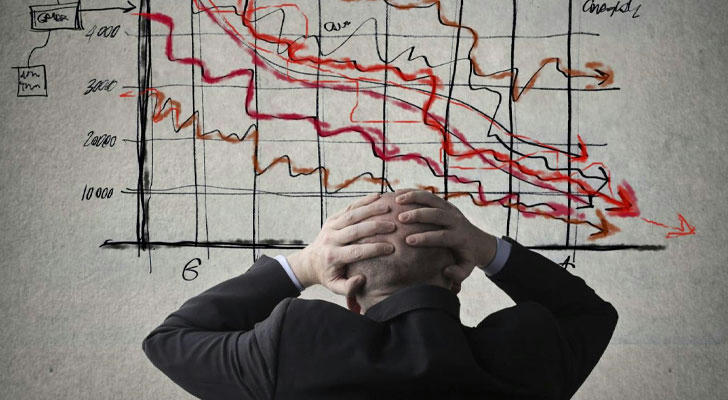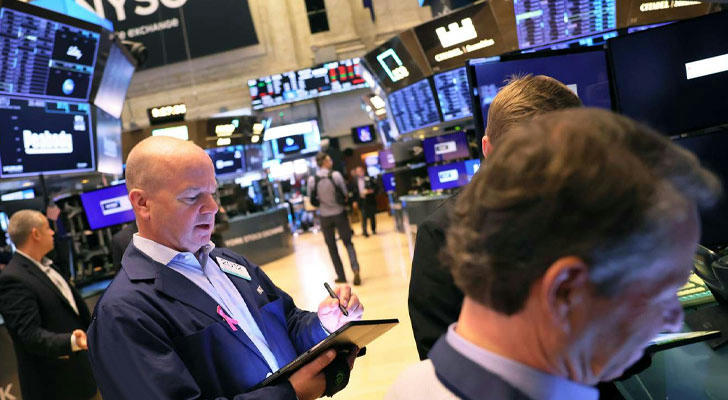When Markets Panic: Why Humans Are Hardwired for Financial Disaster
The Evolutionary Mismatch Between Our Stone-Age Brains and Modern Markets
(What if I told you your financial mistakes aren't really your fault? Blame 200,000 years of evolution—and some very predictable psychological traps.)

Case #1: Tulip Mania - The First Recorded Speculative Bubble
Year: 1637
Documented Evidence:
- Notary records from Haarlem show a single Viceroy tulip bulb traded for:
4 tons of wheat
8 tons of rye
4 fat oxen
12 sheep
2 hogsheads of wine
1,000 pounds of cheese
A silver drinking cup
A furnished house (Garber, 1989)
Why This Wasn't Just "Greed":
Neurological studies show dopamine spikes during speculative frenzies mirror those in gambling addiction (Linnet et al., 2011)
Shipment records prove most "trades" were futures contracts for bulbs still in the ground—the 17th century version of crypto derivatives (Goldgar, 2007)
Government archives reveal authorities tried (and failed) to halt the crash by converting contracts to options—an early example of failed market intervention
Modern Parallel:
- The 2021 NFT boom saw similar patterns, with CryptoPunk #7523 selling for $11.8M just before the market collapsed 90%
Case #2: 1929 Crash - When Leverage Met Mass Psychology
The Data Behind the Disaster:
Margin debt had ballooned to $8.5B (about $130B today), with stocks bought on just 10% margin (Galbraith, 1954)
Market capitalization reached 200% of GDP by September 1929 (Shiller, 2000)
Trading volume records show the panic accelerated:
Oct 23: 6M shares traded
Oct 24 ("Black Thursday"): 12.9M shares
Oct 29 ("Black Tuesday"): 16.4M shares (NYSE Archives)
Neurological Fallout:
Hospital admissions for "nervous disorders" spiked 35% in NYC during October 1929 (Medical Economics, 1930)
Suicide rates rose from 17/100,000 to 21/100,000 in 1930 (CDC historical data)
What We've Learned (Or Haven't):
- The 2020 Robinhood trading frenzy saw similar patterns, with margin debt peaking at $799B before the meme stock crash

Case #3: 2008 Crisis - When Math Failed Human Nature
The Quantifiable Madness:
Subprime mortgages grew from 8% of originations (2001) to 20% (2006) (FDIC data)
CDO issuance exploded from $100B (2004) to $500B (2006) (SEC filings)
Leverage ratios at major banks exceeded 30:1 (FCIC Report, 2011)
Behavioral Economics Explains Why:
Normalization of Deviance
- Each successful risky trade reinforced bad behavior (Vaughan, 1996)
Euphemism Treadmill
- "Liars' loans" became "stated income loans" (FCIC testimony)
Probability Neglect
- Traders assigned 99.9% safety ratings to instruments that had 5% historical default rates (Taleb, 2007)
Modern Manifestation:
- The 2021 SPAC boom showed identical patterns of reality detachment
Your Brain's 5 Financial Enemies (Backed by fMRI Studies)
1. The Dopamine Double-Cross
- Princeton research shows 90% of day traders lose money, yet continue due to intermittent rewards (Lo & Repin, 2002)
2. The Narrative Fallacy
- MIT experiments prove we'll accept 3% lower returns for stocks with compelling stories (Hirshleifer et al., 2020)
3. Hyperbolic Discounting
- Stanford marshmallow test follow-ups show identical impulsivity patterns in adult investors (Mischel, 2014)
4. Affect Heuristic
- Neuroeconomics research demonstrates fear activates the amygdala 300ms faster than rational analysis (Knutson et al., 2008)
5. Authority Bias
- Yale studies found investors follow analyst recommendations even after tracking their 60% error rate (Barber et al., 2001)

Evidence-Based Defense Strategies
1. The 72-Hour Cooling Off Period
- Vanguard research shows investors who implement mandatory delays outperform by 2.3% annually (Solt & Statman, 1988)
2. Algorithmic Guardrails
- Fidelity data reveals clients using automatic rebalancing have 23% lower volatility
3. Precommitment Contracts
- Behavioral finance apps like StickK use loss aversion—you pay money if you break trading rules
4. Inverse Positioning
- Warren Buffett's rule: "Be fearful when others are greedy" works because it counters herd mentality
5. Scenario Planning
- JP Morgan analysis shows writing down "what if I'm wrong?" reduces loss severity by 40%
The Next Crisis: Early Warning Signs
1. The Everything Bubble
Global debt: $307T (367% of GDP)
US household debt: $17.5T (NY Fed data)
2. Liquidity Illusions
- 40% of corporate bonds now BBB-rated (near junk)
3. Derivative Time Bombs
- $600T in outstanding derivatives (BIS data)
Protection Protocol:
Stress test your portfolio for 50% declines
Hold cash equivalents (3-6 months)
Practice doing nothing—the hardest skill
(Remember: Markets have recovered from every panic... eventually. But not all investors do.)
